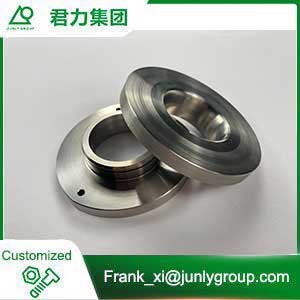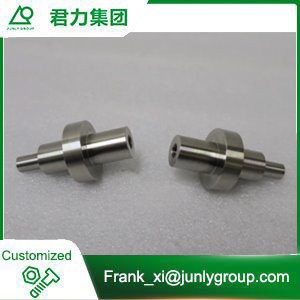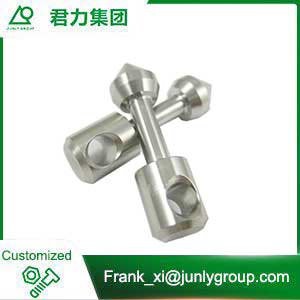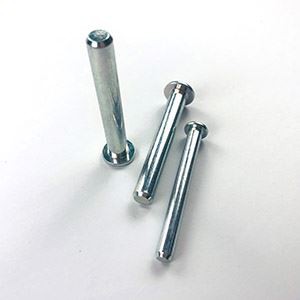Related Industry Knowledge
Common mistakes in the use of non-standard screws and nuts (2)
Apr 28, 2022 View: 1051
1. Thicken the nut.
It is often misunderstood that thickening the nut will increase the number of working turns of the thread, thereby increasing the reliability of the coupling. In fact, the thicker the nut, the more uneven the load distribution between the threads and the easier it is to loosen the joint.
2. The torques of non-standard screws and nuts are inconsistent.
Many people believe that non-standard screws and nuts should be "tightened, not loosened," and thus consciously increase the tightening torque of non-standard screws and nuts, causing non-standard screws and nuts to slip. On the other hand, there are attempts to save trouble for important non-standard screws and nuts that need to be torqued. When tightening with an adjustable wrench, they often come loose due to lack of torque, causing mechanical failure.
3. Pseudo-solid snails.
There are rust, scale, iron filings, sand and other impurities in the threads of bolts, nuts or screw holes, or burrs, sand and other impurities on the connecting surface of the connector, which cannot be removed before assembly. When tightening the bolt, due to the blocking effect of impurities, the surface is tightened, and the torque value meets the requirements, but the connection part is not really tightened; in another case, due to the jacking effect of sludge, scale and other impurities in the screw hole, Although the bolt torque is acceptable, the workpiece is not tight. In this loose condition, vibration, load shock, and temperature changes often cause bolts to loosen quickly.
4. Tighten non-standard screws and nuts.
After assembling non-standard screws and nuts, the locking device should be selected. When locking with a cotter pin, a common failure is to use an overly thin cotter lock or half cotter lock. When locking with tension spring washers, a common failure is that the offset of the washer opening is too small to lose elasticity. When locking with a lock plate, a common failure is that the lock plate is locked on the corner of the nut. When locking with double nuts, a common failure is that the locking plate is locked in the corners of the nut.
www.junlygroup.com
You Might Also Like

Aluminum Alloy CNC Machining Parts For Medical Devices
Learn More

Flange Accessories
Learn More

Stainless Steel Machined Parts
Learn More

High Precision CNC Machined Lathe Medical Part
Learn More

Precision Machined Parts
Learn More

Hex Socket Button Head Screws
Learn More
Send Inquiry
Copyright © SIP Junly Industrial Precision Co., Ltd. All Rights Reserved.